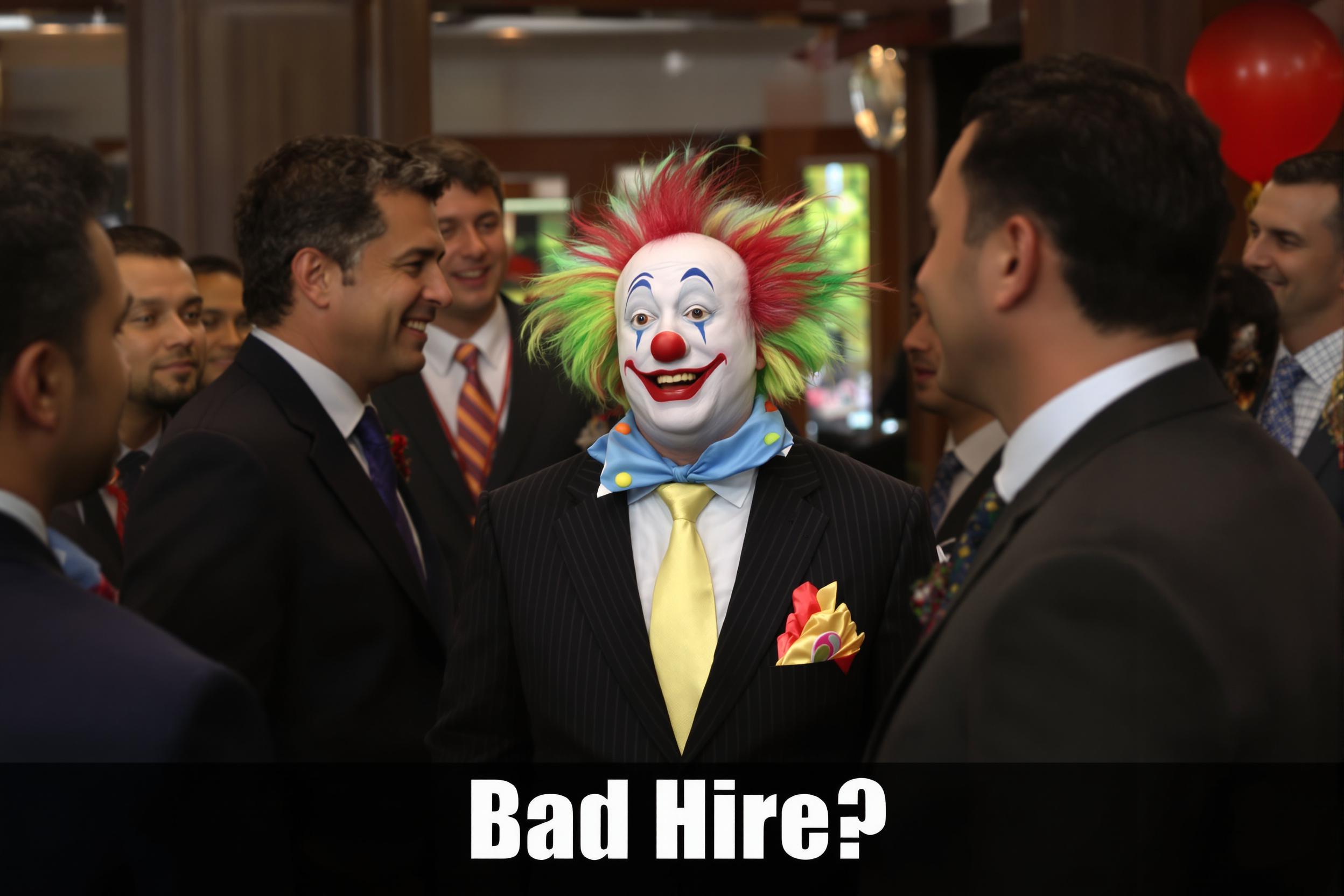
High Falls
A High Fall is a specialized stunt where a performer safely falls from a significant height, such as buildings, cliffs, or other elevated structures. This is one of the most dramatic and dangerous types of stunts in film and television production. When you see this term on a resume, it indicates that the stunt performer or coordinator has experience with planning and executing controlled falls using safety equipment like airbags, crash pads, or wire systems. This is considered an advanced skill in the stunt industry, requiring extensive training and safety certifications.
Examples in Resumes
Performed High Falls from 5-story buildings for major action film sequences
Coordinated safety systems for High Fall stunts on multiple television productions
Certified instructor for High Falls and Aerial Falls training programs
Typical job title: "Stunt Performers"
Also try searching for:
Where to Find Stunt Performers
Professional Organizations
Industry Networks
Training Resources
Example Interview Questions
Senior Level Questions
Q: How do you assess the safety requirements for a complex high fall sequence?
Expected Answer: A senior stunt coordinator should discuss risk assessment, equipment requirements, weather conditions, performer capability evaluation, and backup safety measures. They should also mention coordination with other departments and insurance requirements.
Q: What factors determine the type of landing surface and safety equipment needed?
Expected Answer: Should explain how height, angle, performer experience, shot requirements, and location conditions influence the choice between airbags, crash pads, or other safety systems.
Mid Level Questions
Q: What safety checks do you perform before a high fall?
Expected Answer: Should describe equipment inspection procedures, communication systems, medical standby requirements, and rehearsal protocols.
Q: How do you train new performers for high falls?
Expected Answer: Should explain progression from lower heights, proper body positioning, mental preparation, and safety protocol training.
Junior Level Questions
Q: What basic safety equipment is required for high falls?
Expected Answer: Should list essential safety gear like harnesses, crash pads, communication devices, and proper attire.
Q: What is the minimum crew required for a basic high fall?
Expected Answer: Should mention safety supervisor, riggers, spotters, and medical standby personnel.
Experience Level Indicators
Junior (0-2 years)
- Basic safety equipment knowledge
- Understanding of fall mechanics
- Communication protocols
- Basic rigging awareness
Mid (2-5 years)
- Independent fall execution
- Equipment maintenance
- Safety system setup
- Training assistance
Senior (5+ years)
- Complex fall coordination
- Risk assessment
- Team supervision
- Safety protocol development
Red Flags to Watch For
- No formal safety certifications
- Lack of insurance knowledge
- Poor communication skills
- No experience with proper equipment maintenance
- Unwillingness to do test runs or safety checks
Related Terms
Need more hiring wisdom? Check these out...

The $100M Mistake: Hidden Costs of Rushed Leadership Hires (Data Study)

Recruitment in the Fast Lane: How to Adapt Hiring Practices in the Blink of an Eye

From Farewells to Future Allies: Transforming Exit Interviews into Lifelong Connections

